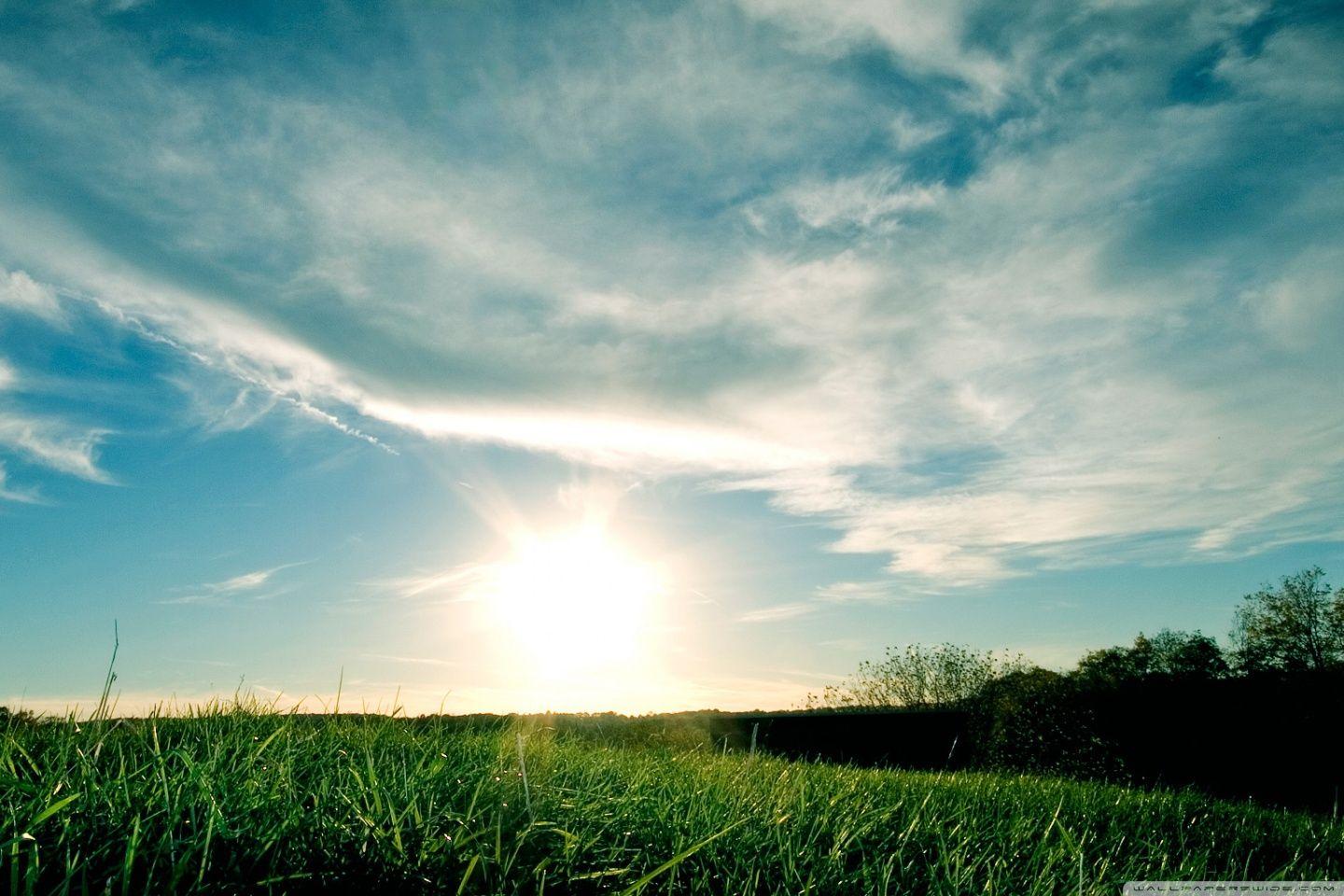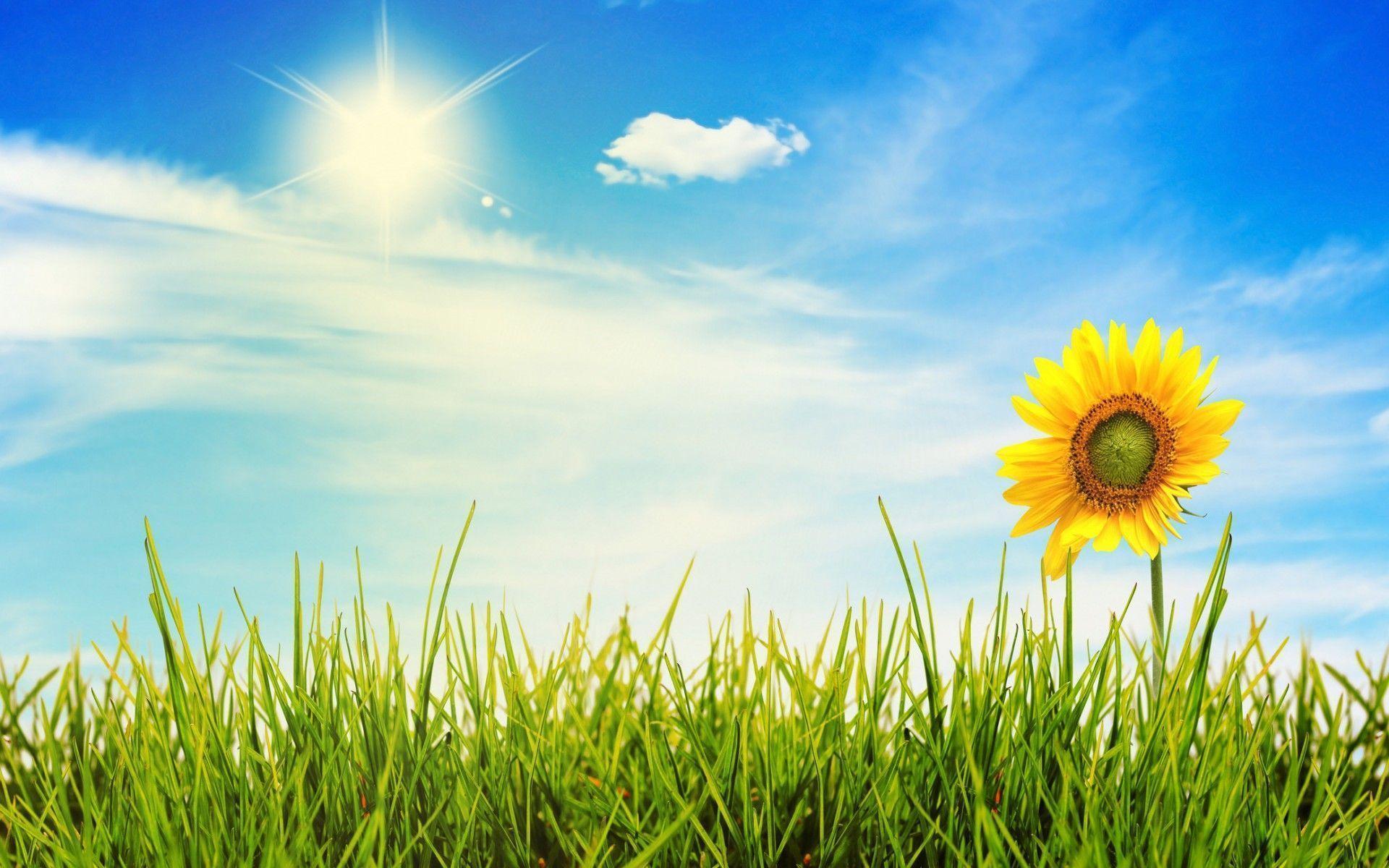Have you ever seen those striking, painted faces or decorated skull masks around late October and wondered about their story? Well, you know, these captivating pieces are so much more than just spooky Halloween costumes. They actually hold a very deep cultural meaning, especially as part of the vibrant Day of the Dead celebration. People often call them "Day of the Dead masks" or "calavera masks," and they are pretty central to how folks honor their loved ones who have passed on.
This tradition, you see, is a beautiful way for families to remember and connect with those no longer with them. It's a time of happy remembrance, not sadness, which is kind of unique. The masks, or the face painting that looks like them, are a big part of that feeling, really bringing the spirit of the holiday to life. We'll talk all about what these masks mean and why they matter so much.
As we look at the different parts of the Day of the Dead mask tradition, you'll get a better sense of its history and how people use these special designs today. It's a rich practice, and, you know, it has a lot to teach us about how different cultures approach life and, well, even death. So, let's explore this fascinating art form together.
Table of Contents
- What is the Day of the Dead?
- History of Calavera Masks and Their Meaning
- Types of Day of the Dead Masks and Face Painting
- Creating Your Own Day of the Dead Mask
- Day of the Dead Masks in Modern Culture
- Messages Through Time: Words That Shape History
- Frequently Asked Questions About Day of the Dead Masks
What is the Day of the Dead?
The Day of the Dead, or Día de los Muertos, is a holiday celebrated mostly in Mexico and by people of Mexican heritage elsewhere. It happens every year on November 1st and 2nd. This isn't, you know, a scary holiday. It's a time for families to gather and honor their ancestors and loved ones who have passed away. People believe that during these two days, the spirits of the dead return to visit their families.
To welcome these spirits, families build special altars, called *ofrendas*, in their homes. These altars are pretty much covered with photos of the deceased, their favorite foods and drinks, candles, marigold flowers, and, of course, sugar skulls and sometimes masks. It's a way to show love and keep the memory of those gone very much alive, you know.
The whole celebration is, in a way, about seeing death as a natural part of life's journey. It's a very old tradition that blends ancient Mesoamerican beliefs with Catholic customs brought by the Spanish. So, it's a mix of different historical threads, you see.
History of Calavera Masks and Their Meaning
The use of skulls and skeletons in Mexican culture goes back, like, thousands of years, long before the Spanish arrived. Ancient civilizations, such as the Aztecs, Mayans, and Toltecs, often displayed skulls. These weren't, you know, symbols of fear. Instead, they represented rebirth, the cycle of life, and a connection to the spiritual world. So, it's a pretty ancient idea, actually.
Symbolism of the Skull
For these early cultures, the skull was a powerful symbol of life and death, and the idea that one cannot exist without the other. It was, you know, a reminder that death is a natural part of existence and that new life follows. This perspective is still very much at the heart of Day of the Dead celebrations today. The skulls are, in a way, a cheerful reminder of those who have passed.
The decorated skulls, or *calaveras*, that we see during Day of the Dead are not meant to be frightening. Quite the opposite, really. They are often smiling or adorned with bright colors and playful designs. This helps to show a friendly view of death, like it's an old friend coming to visit, basically. They represent the person's spirit, you know, coming back to celebrate.
Origins of the Mask Tradition
While the modern Day of the Dead mask tradition is pretty popular, its roots are in these older customs. In pre-Hispanic times, people sometimes used real skulls or made skull-like figures for rituals. When the Spanish arrived, they tried to suppress these traditions, but they just sort of blended with Catholic holidays like All Saints' Day and All Souls' Day. This mix created the Day of the Dead as we know it, you know.
The masks themselves became more prominent in the early 20th century, thanks in part to an artist named José Guadalupe Posada. He created a famous etching called "La Calavera Catrina," which showed a female skeleton wearing a fancy hat, making fun of Mexican high society. This image, you know, really helped popularize the elegant, often smiling, skeleton figures we see today. So, she's a pretty important figure in this tradition.
Types of Day of the Dead Masks and Face Painting
When people talk about a "day of the dead mask," they might be thinking of a few different things. It could be an actual mask worn over the face, or it could be the popular face painting that makes a person's face look like a decorated skull. Both are very common and, you know, serve the same purpose of honoring the dead.
Traditional Mask Materials
Historically, Day of the Dead masks could be made from a variety of materials. Some were crafted from clay, papier-mâché, or even wood. These masks often featured intricate designs, painted with bright colors and sometimes adorned with beads, feathers, or glitter. They were, you know, works of art, really. Each one could be quite unique, reflecting local styles and available materials.
These traditional masks are still made today, especially by artisans who keep the old ways alive. They are, you know, often bought as decorative pieces or for specific community celebrations. The care put into them is, like, pretty obvious. You can see the hand of the maker in every detail, which is kind of cool.
Sugar Skull Makeup: A Modern Take
Perhaps the most widely recognized form of Day of the Dead "mask" today is the sugar skull makeup, or *Calavera makeup*. This involves painting one's face to resemble a decorated skull, often with elaborate patterns, flowers around the eyes, and stitching on the mouth. It's a very popular choice for celebrations and, you know, even for costume parties. Learn more about sugar skull makeup on our site.
This face painting allows for a lot of personal expression. People can choose colors and designs that reflect their own style or honor a specific person. It's a beautiful way to participate in the holiday, and, you know, it's pretty accessible for many. You see it everywhere now, which is kind of neat.
Creating Your Own Day of the Dead Mask
Making your own Day of the Dead mask or doing your own sugar skull makeup can be a very rewarding activity. It's a chance to be creative and connect with the spirit of the holiday. You don't, you know, need to be a professional artist to get started. Just a little bit of imagination goes a long way, actually.
Materials You Might Use
For a physical mask, you could start with a simple paper plate, cardboard, or a plain plastic mask base. For face painting, you'll need good quality, skin-safe face paints and brushes. Other supplies might include glitter, adhesive gems, fabric flowers, and ribbons. Basically, anything that adds sparkle and color is a good idea, you know.
You can find many tutorials online for both mask making and face painting. It's, like, pretty easy to get started with some basic supplies. Remember, the goal is to create something that feels personal and respectful of the tradition. So, you know, have fun with it.
Design Ideas and Tips
- **Eyes:** Typically, the eye sockets are made large and dark, often with petals or intricate patterns around them, like flowers.
- **Nose:** The nose area is usually painted as an inverted heart or a dark triangle, sort of like a skull's nasal cavity.
- **Mouth:** A common design is a line across the lips with vertical stitches, giving the appearance of a skeletal grin.
- **Details:** Add swirls, dots, leaves, or flower patterns on the forehead, chin, and cheeks. Think bright, cheerful colors.
- **Personal Touch:** Incorporate elements that were special to the person you are remembering, like their favorite color or a symbol that reminds you of them. This makes it, you know, very meaningful.
Don't be afraid to experiment with colors and patterns. The beauty of Day of the Dead art is its vibrancy and individual expression. You can, like, really let your creativity shine. And, you know, it's okay if it's not perfect; the effort and meaning behind it are what truly matter.
Day of the Dead Masks in Modern Culture
The popularity of the Day of the Dead mask has grown far beyond Mexico. You see it, you know, in movies, art, and fashion all over the world. This spread has helped introduce more people to the holiday's rich cultural significance. It's pretty cool how it's caught on, actually.
While some worry about cultural appropriation, many see its wider acceptance as a chance to share Mexican culture and its beautiful traditions. The key is to approach it with respect and a genuine desire to understand its meaning, not just for a costume. So, it's about appreciation, you know, not just imitation. You can find out more about cultural celebrations on this page .
This year, you'll likely see more people embracing Day of the Dead themes, not just for Halloween, but as a way to honor ancestors. It's a sign of how, you know, cultural expressions can really travel and find new homes. It's pretty much a global phenomenon now, in a way.
Messages Through Time: Words That Shape History
Just as Day of the Dead masks carry deep meaning through their visual language, words also have the incredible power to shape history and convey profound messages across generations. Consider, for example, how certain statements capture pivotal moments or express grand aspirations. It's, like, pretty amazing how much impact a few sentences can have.
The plan for the invasion of normandy was unprecedented in scale and complexity,It called for american, british, and canadian divisions to land on five beaches spanning roughly 60 miles.,The flags of freedom fly over all europe, truman said,With more troops and equipment arriving daily, the.
This historical text, you know, shows how critical planning and determined words can reflect massive undertakings and hopes for a better future. It's a reminder that both visual art, like the day of the dead mask, and spoken or written declarations, basically, serve as important records of human experience and ambition. So, it's pretty clear that messages, in all their forms, carry a lot of weight.
Frequently Asked Questions About Day of the Dead Masks
People often have questions about these special masks and their role in the holiday. Here are a few common ones, you know, that come up.
What is the difference between a Day of the Dead mask and a sugar skull?
A Day of the Dead mask can be a physical mask made from materials like papier-mâché or plastic, worn over the face. A sugar skull, or *calavera de azúcar*, is traditionally an edible skull made from sugar, used as an offering on altars. However, the term "sugar skull" is also commonly used to describe the decorative style of face painting that mimics these skulls. So, they are, like, related but a bit different in form, basically.
Is it okay to wear a Day of the Dead mask if I'm not Mexican?
Many people from outside Mexican culture participate in Day of the Dead celebrations and wear masks or face paint. The general consensus is that it's okay, you know, if you do so with respect and understanding of the tradition's meaning. It's about appreciating the culture, not making fun of it or just using it as a simple costume. Learning about the holiday's purpose and being mindful of its sacred aspects is, like, pretty important.
What do the designs on Day of the Dead masks mean?
The designs on Day of the Dead masks and face paint are often symbolic. Flowers, especially marigolds, represent the beauty and fleeting nature of life, and they are thought to guide spirits. Spiders, butterflies, and other creatures can represent the cycle of life and death. Candles symbolize light and guidance for the spirits. Ultimately, the designs are meant to be vibrant and cheerful, reflecting the celebratory nature of the holiday. So, every little detail, you know, has a reason.
We hope this guide has given you a clearer picture of the Day of the Dead mask and its place in this wonderful tradition. It's a beautiful way to remember and honor those who have passed. If you're inspired to learn more or even create your own, just remember to approach it with an open heart and respect for its deep cultural roots. Perhaps you'll find a way to honor someone special this year, you know, with your own unique design.



Detail Author:
- Name : Scarlett Parker
- Username : walter.brandi
- Email : schuyler77@yahoo.com
- Birthdate : 1991-02-03
- Address : 72571 Auer Springs Suite 920 West Allie, IN 10426-5981
- Phone : (812) 386-6387
- Company : Hackett LLC
- Job : Dental Laboratory Technician
- Bio : Labore perferendis debitis repellendus totam. Alias nostrum dolores at voluptatem consectetur consequuntur. Molestiae ut cupiditate libero doloribus ut rerum. Voluptatem rerum sed ad vitae minus.
Socials
facebook:
- url : https://facebook.com/everardo.breitenberg
- username : everardo.breitenberg
- bio : Delectus nisi debitis ab facilis.
- followers : 3252
- following : 735
tiktok:
- url : https://tiktok.com/@everardobreitenberg
- username : everardobreitenberg
- bio : Eveniet aliquid facilis ut quia tempora repudiandae labore.
- followers : 2577
- following : 1601
twitter:
- url : https://twitter.com/everardobreitenberg
- username : everardobreitenberg
- bio : A eum quo voluptatem tenetur quam quas rerum. Voluptatum explicabo distinctio qui odio. Quia nulla et architecto repudiandae voluptatem voluptas odit cum.
- followers : 2198
- following : 2211